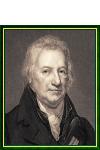Claude-Louis Berthollet
Count of the Empire, Grand-officier of the Legion of Honor
Pronunciation:
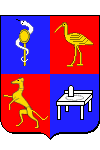
Born in Talloires , on the shores of Lake Annecy (then part of the Kingdom of Sardinia), on December 9, 1748, Claude-Louis Berthollet, obtained his medical degree from the University of Turin (1768).
In 1772, he moved to Paris to study chemistry, before becoming a naturalized French citizen (1778) and personal physician to the Duc d'Orléans. He was admitted to the Académie des Sciences in 1780. Four years later, he became director of dyes at the famous Gobelins factory.
Like Jean-Antoine Chaptal and Gaspard Monge, Berthollet was one of those scientists who put their talents at the service of the Revolution. But he did so discreetly, without entering the political arena. After joining the Commission des Poids et Mesures, he worked in collaboration with Monge at the Saint-Germain des Prés saltpetre refinery and the Grenelle powder works, helped found the École Polytechnique and taught chemistry there, as he did at the École Normale.
A member of the Institut since its foundation in 1795, Berthollet was chosen the following year to take part in a commission tasked with selecting works of art to be brought back to Paris from Italy. It was on this occasion that he met Napoleon Bonaparte.
The relationship of trust that developed between the two men made Berthollet, in 1798, one of the sole holders of the secret of the Egyptian expedition. He was in charge of recruiting the scientists who would be part of the expedition, without revealing their destination, and only telling them that Bonaparte would be with them.
In Egypt, Berthollet set up the Institute of the same name and made the observations that would lead to his main discovery: that of chemical equilibrium.
Bonaparte, who decidedly liked Berthollet, brought him back with him from Egypt and appointed him to the Senate immediately after the 18 Brumaire, in the first class of December 1799, before making him titular of the opulent senatorial seat of Montpellier in 1803.
Putting his fortune at the service of science, Berthollet moved to Arcueil in 1801 and equipped his home with a sophisticated laboratory, whose apparatus had been built by the most skilful craftsmen. He surrounded himself with a team of promising young researchers (Joseph Louis Gay-Lussac and François Arago were among them) and welcomed all the great scientific names of his time, organizing, along with Pierre-Simon Laplace, a cenacle that took the name of Société d'Arcueil, a scientific hotbed unique in Europe and which shone for some ten years. It was in 1803 that Berthollet published his major work: Essai de statistique chimique.
Grand Officer of the Legion of Honor in 1804, Count of the Empire in 1808, Berthollet nonetheless voted for the Emperor's defection in 1814. Louis XVIII made him Peer of France.
He died on November 6, 1822, in Arcueil, of a charcoal ulcer. He is buried in the Cachan cemetery .
"Count Claude-Louis Berthollet". Anonymous of the nineteenth century.
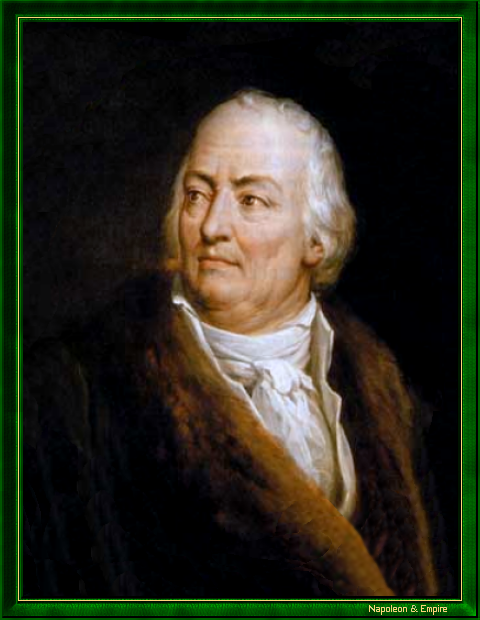
Alongside his theoretical work, Berthollet's discoveries included the bleaching properties of chlorine, used in the form of sodium hypochlorite: bleach, named "Eau de Javel" in French, after the district where the first bleach factory was located.
Berthollet insisted on including his dog, a symbol of friendship and loyalty, on his coat of arms.
In 1958, the French Postal Service released a 35.00 Franc stamp bearing the image of Claude-Louis Berthollet.
Berthollet's name has been given to a street in Paris and a high school in Annecy. Annecy also boasts a statue of Berthollet, facing the lake and looking towards his native village.
Adresse
15, Rue de Bellechasse. Paris VIIème arrondissement
This hotel became the property of Berthollet on his return from the Egyptian campaign.Other portraits
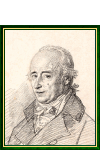
"Claude-Louis Berthollet", drawed by Jean-Baptiste Wicar (Lille 1762 - Rome 1834).
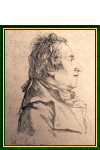
"Claude-Louis Berthollet", drawed by Andre Dutertre (Paris 1753 - Paris 1842).
